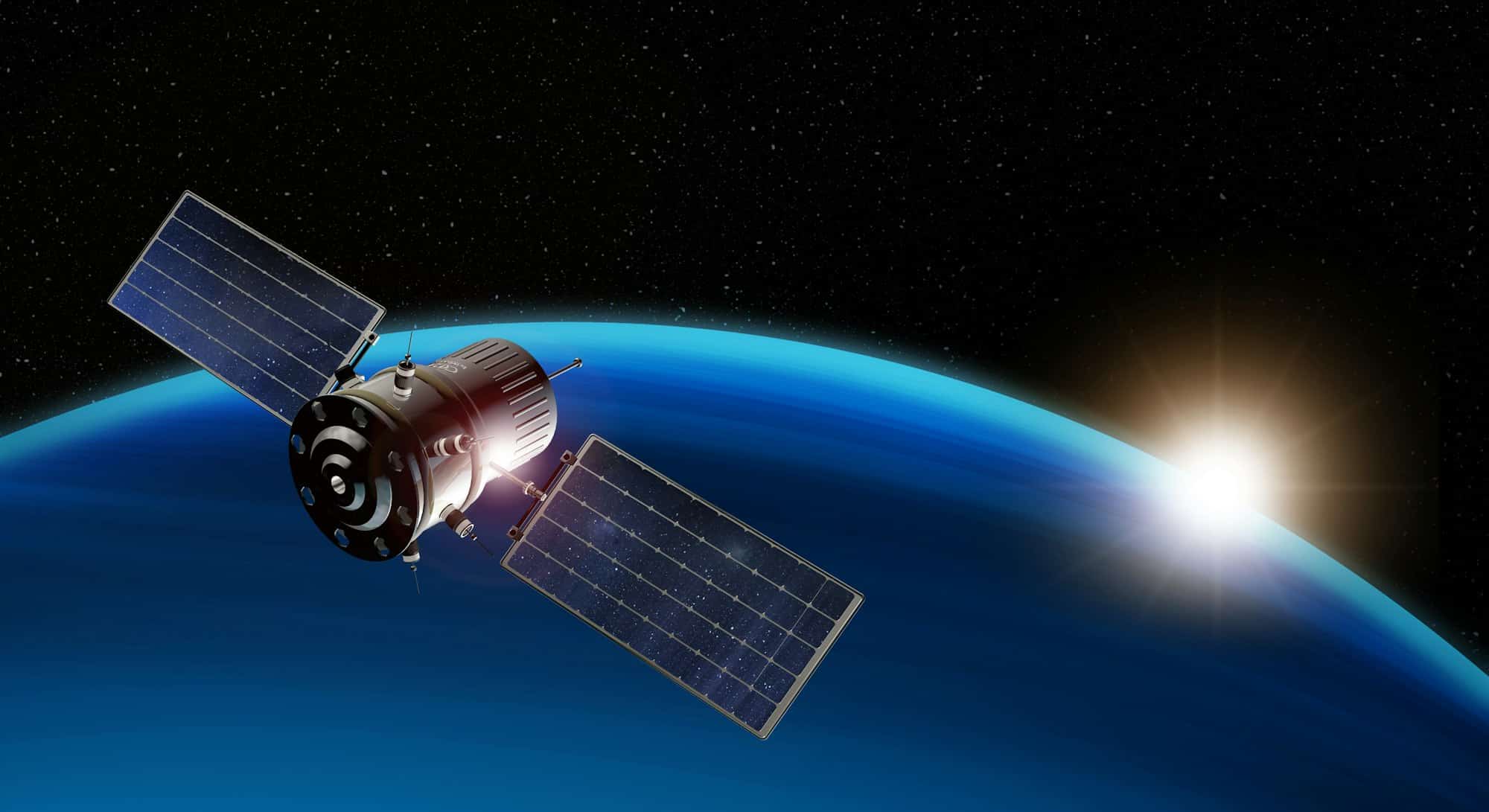As we delve deeper into the 21st century, technology continues to play a critical role in shaping our responses to various emergencies, including disasters. In the United Kingdom, this technological evolution has led to the introduction of innovative satellite technologies that are fundamentally changing how public health emergencies, natural disasters, and other crisis situations are managed. The technologies are intended to improve the overall efficiency of disaster response, primarily by enhancing data collection, risk assessment, and communications during emergencies.
The Role of British Geological Survey (BGS)
The British Geological Survey (BGS) has been at the forefront of integrating satellite technology into disaster response. As the principal public body for geoscientific data in the UK, BGS has a mandate to provide essential data and information to help manage the environmental risks associated with geological hazards.
A lire également : How to Create a Personalized Workout Regimen Using AI Fitness Coaches?
The use of satellite data is critical to achieving this mandate. Satellite technology provides the BGS with a wealth of geospatial data that can help identify areas at risk of certain disasters. By analysing this data, BGS is better equipped to predict geological hazards, such as earthquakes and volcanic eruptions, and provide timely alerts to at-risk communities.
In this regard, satellite technology acts as a powerful tool for disaster risk management. BGS can use the data gathered to develop comprehensive risk assessments, which are crucial for planning and implementing effective disaster responses.
En parallèle : How Can Urban Permaculture Design Transform UK’s Food Systems?
The International Charter for Space and Major Disasters
Another key player in the use of satellite technology for disaster response in the UK is the International Charter for Space and Major Disasters. This is an international collaboration dedicated to providing a unified system for satellite data acquisition and delivery during major disasters.
The Charter, which the UK is a member of, leverages space technology to help anticipate, manage and respond to disasters. It uses satellite data to create detailed maps of disaster-stricken areas, providing emergency responders with vital information about the current situation on the ground. This facilitates more accurate decision-making regarding resource allocation and aid delivery.
Charter activations trigger a process of data collection from multiple satellite systems. The collected data is then made available to those involved in disaster management, supporting strategic decisions and aiding in formulating more efficient emergency response plans.
Satellite Communications in Emergency Response
In a disaster scenario, reliable communication is vital. Unfortunately, traditional terrestrial communication networks are often among the first casualties in such situations. This is where satellite communications come in. Satellite communications offer a reliable and resilient alternative to terrestrial networks, especially in remote, hard-to-reach areas or where infrastructure has been destroyed by a disaster.
Satellites have a broad geographical coverage, and can transmit data without the need for a physical connection between sender and receiver. This makes them particularly useful for maintaining connectivity in disaster zones.
The UK’s emergency services and disaster response agencies are increasingly incorporating satellite communication systems into their operations. These systems can provide voice, video, and data communications, helping coordinate relief efforts and enabling rapid response in the face of emergencies.
The Future of Satellite Technology in Disaster Response
Looking ahead, the role of satellite technology in disaster response is expected to grow. Advances in technologies such as remote sensing and artificial intelligence will increase the volume and quality of data that satellites can gather.
In the future, we can expect to see deeper integration of satellite technologies into the disaster management systems of the UK. A key area of development will be the use of satellites for real-time monitoring of disasters. As satellite technology continues to evolve, it will provide ever more sophisticated tools to help anticipate and respond to disasters, thereby reducing their impact on public health and safety.
In summary, the use of satellite technology in disaster response is transforming the way the UK handles emergencies. From data collection and risk assessment to communications and logistics, satellites are becoming an integral part of the UK’s disaster management infrastructure. As we continue to face the challenges of the 21st century, this technology will only become more important.
UK Space Agency and Disaster Management
The UK Space Agency has a pivotal role to play in disaster management, leveraging satellite technologies to revolutionize the country’s response to both natural and man-made calamities. The agency’s use of space technology goes beyond the ability to observe and monitor Earth from a vantage point; it helps in real-time monitoring and prediction of disasters.
One of the key tools in the agency’s arsenal is the Synthetic Aperture Radar (SAR) technology. SAR technology captures satellite imagery in all weather conditions and has proven to be especially useful in monitoring flood situations. SAR can detect changes in the Earth’s surface, and by comparing images taken at different times, it can reveal the rate and extent of floodwaters’ rise or recede, aiding in disaster risk assessment.
The UK Space Agency also works in collaboration with the International Charter for Space and Major Disasters. The charter specializes in the rapid acquisition of satellite data during crisis situations, providing crucial information to disaster relief teams.
In addition, the UK Space Agency has been actively promoting the integration of earth observation technologies into disaster management planning. These technologies collect data about the Earth’s physical, chemical and biological systems and can provide valuable insights into environmental conditions before, during and after disasters.
Conclusion: The Integration of Satellite Technology in Disaster Response
In the face of an ever-changing world, the significance of satellite technologies in disaster response is undeniable. The UK’s adoption and integration of these technologies into their disaster management infrastructure is transformative, affecting every aspect from data gathering and risk assessment to communication and logistics.
The use of satellite data and SAR technology in real-time monitoring of disasters allows for more accurate prediction and efficient management of major disasters. This, coupled with the versatility of satellite communications in maintaining connectivity in disaster-stricken areas, empowers the UK’s emergency response, making it more resilient and agile.
Moreover, the partnerships formed, such as those with the British Geological Survey and the International Charter for Space and Major Disasters, contribute to a cooperative and coordinated approach to disaster management. As a result, the UK is better equipped in dealing with public health emergencies and other types of crises.
As we move further into the 21st century, the integration of satellite technology in disaster response will continue to evolve and improve. As advancements in technologies like remote sensing and artificial intelligence continue, the potential of satellite technology will only increase. Thus, as we navigate the challenges of the present and the uncertainties of the future, satellite technology will remain an indispensable tool in enhancing disaster response and safeguarding public health and safety.






